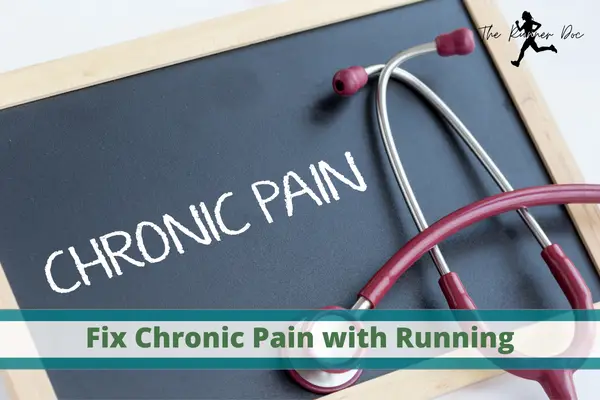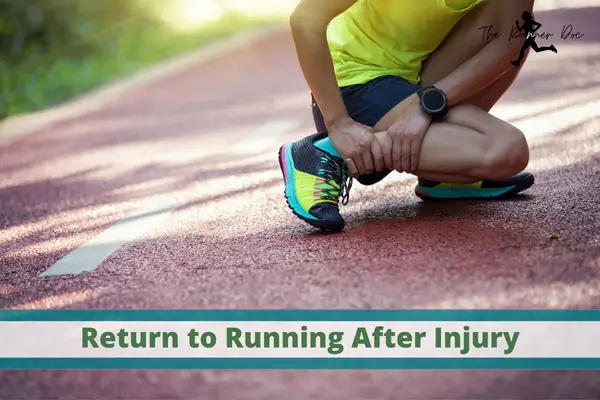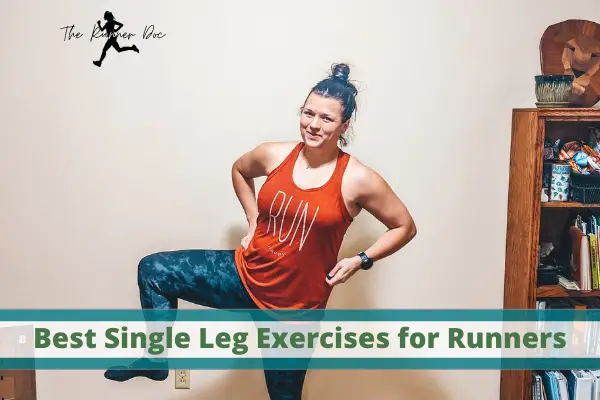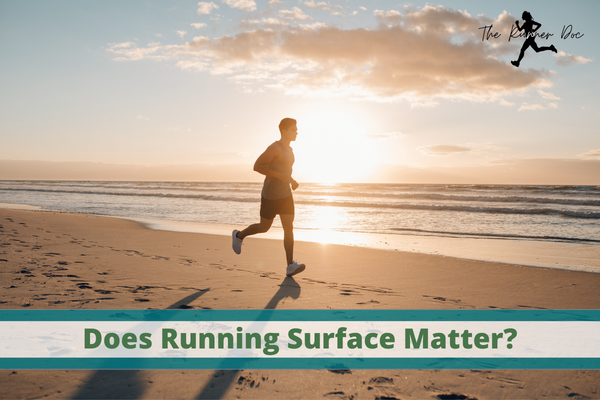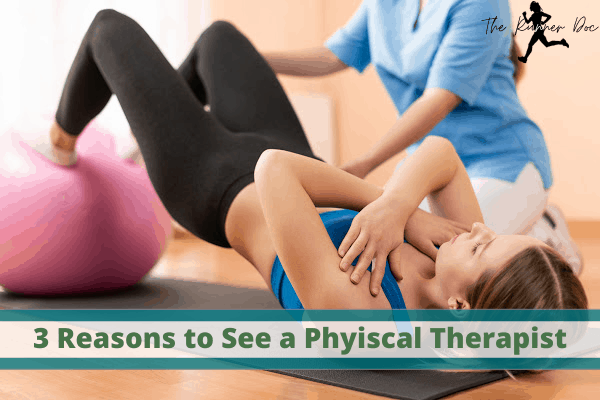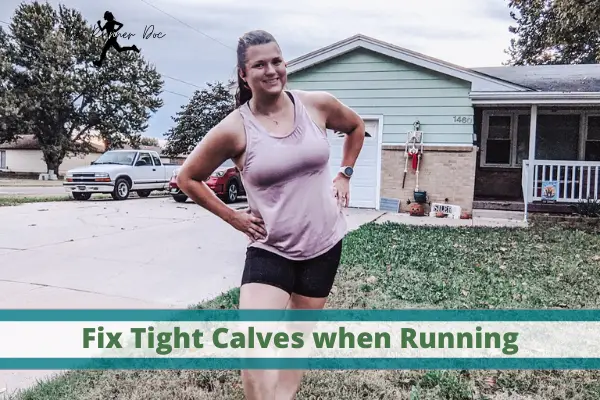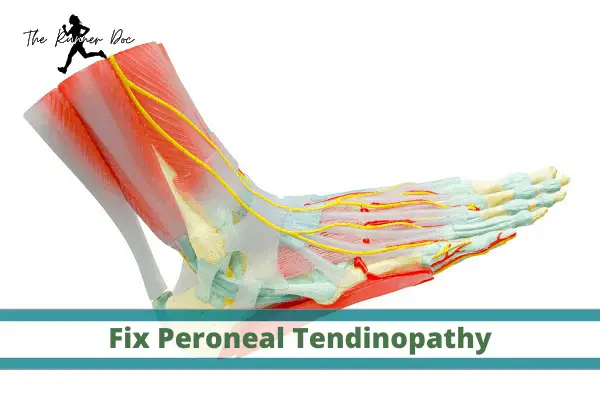Chronic Pain and Running: The Miracle Cure?
How Running Can Help Chronic Pain
If you suffer from chronic pain, you may be looking for any possible way to find relief. You may have heard that running can help with chronic pain, but is it really a miracle cure? Let’s take a look at the science behind running and chronic pain to see if there is any truth to this claim.
(THIS POST PROBABLY CONTAINS AFFILIATE LINKS. OUR FULL DISCLOSURE POLICY IS REALLY BORING, BUT YOU CAN FIND IT HERE.)
Define Chronic Pain
Chronic pain is any pain that lasts for at least 6 consecutive months or longer. Chronic pain can range from a dull, constant ache to sharp and stabbing sensations of discomfort. It is one of the most elusive medical conditions in the United States.
Suffering from chronic pain is a unique experience. Chronic pain isn’t just an injury that won’t go away, there are many factors that contribute to the ongoing, and sometimes debilitating, pain. In 2016, it was estimated that 20% of U.S. adults suffered from a type of Chronic Pain. (1)
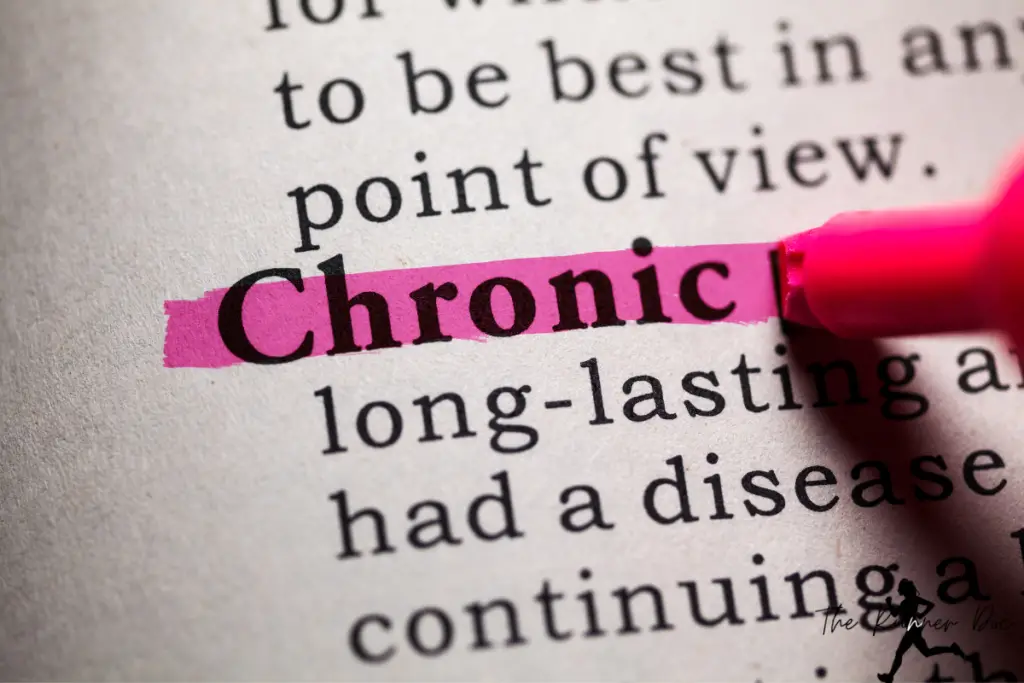
The brain sends signals out from the information it gets from the body. Sometimes, when the body’s “alarm” system goes off it triggers feelings of pain to prevent further injury.
The brain sometimes continues to send out pain signals even after the injury has healed. These signals can be hard to stop, are often intense, and at times seem to come for no obvious reason. This fact isn’t always easy to understand but it is important to understand that this pain is still “real”.
Related article: SI Joint Pain in Runners: Why It Happens and How to Fix It
What Happens When You Have Chronic Pain
This is a bit of a loaded question, but I’m going to focus on physical activity (running) and chronic pain.
Unfortunately, people can tend to get stuck in a loop that is neverending when chronic pain is involved. This cycle, or loop, is called the self-limiting cycle.
The human’s natural response to pain is to rest and relax to help decrease the amount of pain in the body. However, as I’ve said many times, motion is lotion, and inactivity can actually increase pain.
After someone rests and relaxes to reduce their pain for a significant amount of time, they lose body strength and mobility. This, in turn, will cause more pain because you aren’t able to move the way your body was meant to. After that, since the pain has returned, a person will then rest and relax again.
See the pattern?
Here is a visual of this cycle:

How running can help with chronic pain
While pain is common, it does not have to be a normal part of life. Many sources have found that regular exercise, such as running, can help reduce the intensity of chronic pain over time and improve the overall quality of life.(2)
Physical activity has also been shown in numerous studies to help prevent developing chronic pain in the first place. (3)

The idea that running can help with chronic pain has been around for a while, but is this really true? The answer is yes and no.
Running does have potential benefits for people suffering from chronic pain. Studies have shown that regular exercise like running can:
- Improve Strength By strengthening and USING your muscles and improving flexibility/mobility physical activity can help decrease pain. (2)
- Reduces fatigue Studies have proven that regular physical activity effectively combat fatigue, a prevalent symptom in numerous chronic pain conditions. (4)
- Sleep Improvements Many studies have shown that exercise improves an individual’s sleep. Which in turn can improve pain.
- Reduces pain sensitivity. In a study by Belavy et al in 2021, they found that exercise may be effective in reducing pain sensitivity. Meaning, your body isn’t as sensitive to the signals of pain. It changes how the brain responds to pain by normalizing the pain signal. Which, in many cases of chronic pain, is the issue. The brain reacts too much to the pain signals. (2,5)
- Decrease in Inflammation Muscles can release chemicals that prevent pain signals from going to your brain, and the immune system increases anti-inflammatory cytokines that promote tissue healing (University of Iowa, 2018).
- Running Helps with Depression and Anxiety 80-90% of those with chronic pain experience mood disruption, such as depression and anxiety, due to their pain.(6) Routine running is associated with reduced stress, anxiety, and depression. (7)
Keep in mind that these are mostly physical activities in general and most of these studies focused on physical activity as a whole and not just running. When it comes down to it, any physical activity is beneficial, including running.
related article: 10 Tips for Getting Back to Running Quickly After an Injury
How to Run with Chronic Pain
Pain is hard. As I said before the cycle is easy to get into. Add in mood disruptions such as depression and anxiety that chronic pain can cause and get out the door is hard.
Heck, it is hard to get out the door for a run sometimes even if you don’t suffer from chronic pain!
Most people that are suffering from chronic pain that want to start exercising or running regularly will be considered “new” to the exercise. Primarily because you have probably not been exercising or running regularly for several months and you are re-learning your body and how to deal with this “new you” that has chronic pain.
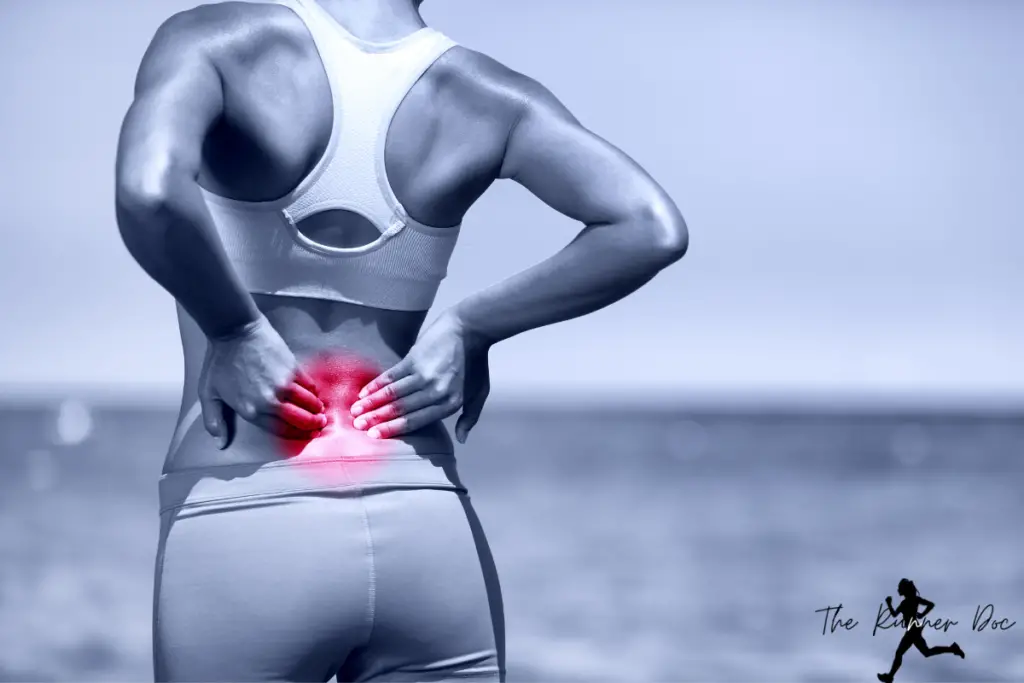
Starting slow is key.
In fact, before you start running, start going out for 10-minute walks. These walks don’t even have to be outside, just walk around your house for 10 minutes.
If you are unsure if you are doing too much, then follow the 2-hour rule.
The 2-hour rule is this: If your pain is worse two hours after you finished exercising than it was before you started, this is a sign that you overdid it and should reduce the intensity or duration of your next session.
In addition to the 2-hour rule, know this. Any new exercise program will cause some soreness. But make sure you are differentiating soreness from new movement to pain. They are very different and new soreness isn’t a reason to rest and start that cycle again. Give it a few days and the soreness should go away and not come back frequently unless you change things significantly!
After you can successfully do 10 minutes of walking daily or even every other day, then start adding more time on. Once you build up to 30 minutes of daily or every other day walking you can start to add in bursts of running.
Find a run/walk program that works well for you. I personally like all of Jeff Galloway’s Running plans for run/walkers and beginners. I especially like this form of training and running for those with chronic pain. It is just a little easier on your body if you take walk breaks frequently when running.
Get his book here:

Where do I Start?
If you are still wondering where to start, you aren’t alone. There are so many resources out there to help you! If you are needing and wanting professional advice then schedule a consultation with me on my services page. I would love to work with you through this process.
Chronic Pain Consultation with Dr. Abby
My best advice is always to start slow and find something enjoyable for you! You can follow the above plan for walking and/or running or go in a different direction. Find something that you enjoy and can stick with!
Final Thoughts on Running with Chronic Pain
Running with chronic pain is possible and can be beneficial! It provides a sense of accomplishment, allows for mindful movement, releases endorphins to help reduce pain, helps with depression and anxiety, and overall helps reduce pain and get you back to the life you love!
The key thing to remember when running or exercising is to take it slow. Listen to your body and go at a pace that works for you. For some, this might mean running/walking intervals or walking first then running. Find what works for you and stick with it! With practice and patience, you will be able to get back to the activity level you desire!
Good luck and happy running!
AFFILIATE DISCLOSURE
As an Amazon Associate, I earn from qualifying purchases. This post may contain affiliate links. If you use these links to buy something we may earn a commission. The Site may contain links to affiliate websites, and we receive an affiliate commission for any purchases made by you on the affiliate website using such links.
All information should be used as a tool for more knowledge on the subject topic, to use as references for later articles where applicable, or just to keep it in mind during future exercise routines or activities.
This article is not meant to give medical advice or to replace professional health care. Should any ailment occur please contact your doctor or physical therapist immediately to keep yourself safe and prevent further damage.
The author is not liable for any personal or commercial damage directly or indirectly related to the content hereof. You are responsible for adhering to local laws and regulations regarding health & safety, including proper use of equipment or safety gear, and compliance with governing healthcare associations, and state, and federal regulations.
References for Running with Chronic Pain
- Dahlhamer J, Lucas J, Zelaya, C, et al. Prevalence of Chronic Pain and High-Impact Chronic Pain Among Adults — United States, 2016. MMWR Morb Mortal Wkly Rep 2018;67:1001–1006. DOI: http://dx.doi.org/10.15585/mmwr.mm6736a2
- Law LF, Sluka KA. How does physical activity modulate pain? Pain. 2017 Mar;158(3):369-370. doi: 10.1097/j.pain.0000000000000792. PMID: 28135214; PMCID: PMC5303119.
- Landmark T, Romundstad P, Borchgrevink PC, Kaasa S, Dale O. Associations between recreational exercise and chronic pain in the general population: evidence from the HUNT 3 study. PAIN. 2011;152:2241–2247. [PubMed]
- Rall, L. C., & Roubenoff, R. (2011). Benefits of exercise for patients with rheumatoid arthritis. Nutrition in Clinical Care, 3(4), 209–215.
- Belavy, D. L., Van Oosterwijck, J., Clarkson, M., Dhondt, E., Mundell, N. L., Miller, C. T., & Owen, P. J. (2021). Pain sensitivity is reduced by exercise training: Evidence from a systematic review and meta-analysis. Neuroscience and Biobehavioral Reviews, 120, 100–108. https://doi.org/10.1016/j.neubiorev.2020.11.012
- Ambrose, K. R., & Golightly, Y. M. (2015). Physical exercise as non-pharmacological treatment of chronic pain: Why and when. Best Practice & Research Clinical Rheumatology, 29(1), 120–130. https://doi.org/10.1016/j.berh.2015.04.022
- Oswald F, Campbell J, Williamson C, Richards J, Kelly P. A Scoping Review of the Relationship between Running and Mental Health. Int J Environ Res Public Health. 2020 Nov 1;17(21):8059. doi: 10.3390/ijerph17218059. PMID: 33139666; PMCID: PMC7663387.
How Running Can Help Chronic Pain
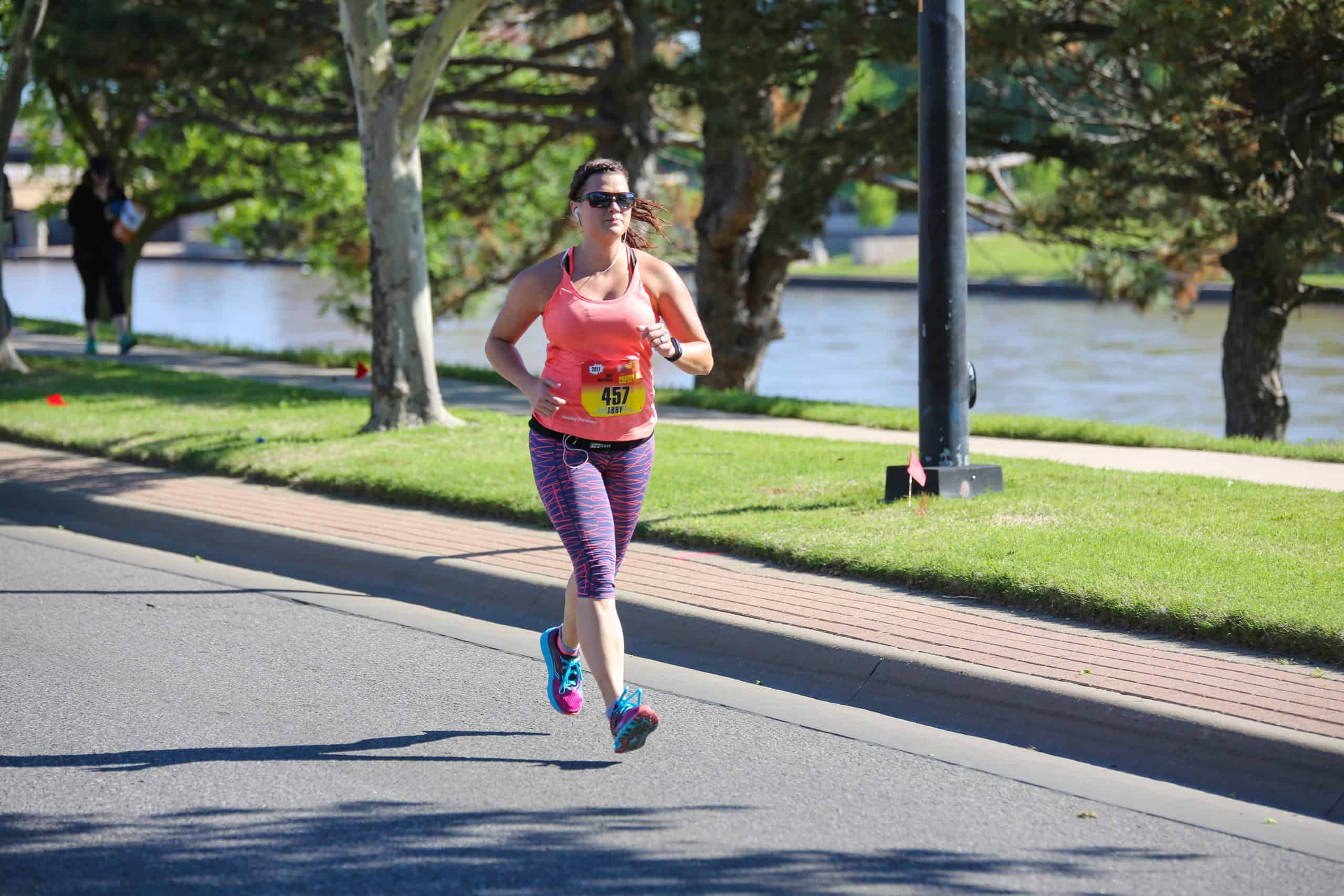
Dr. Abby Siler, PT, DPT is a Physical Therapist with 10 years of experience in a variety of settings. She has spent the majority of her time treating athletes in orthopedic clinics and worker’s compensation cases. She is a runner herself for the past 15 years and a lifelong athlete. Dr. Abby loves to teach runners how to stay injury free and out of her clinic.
